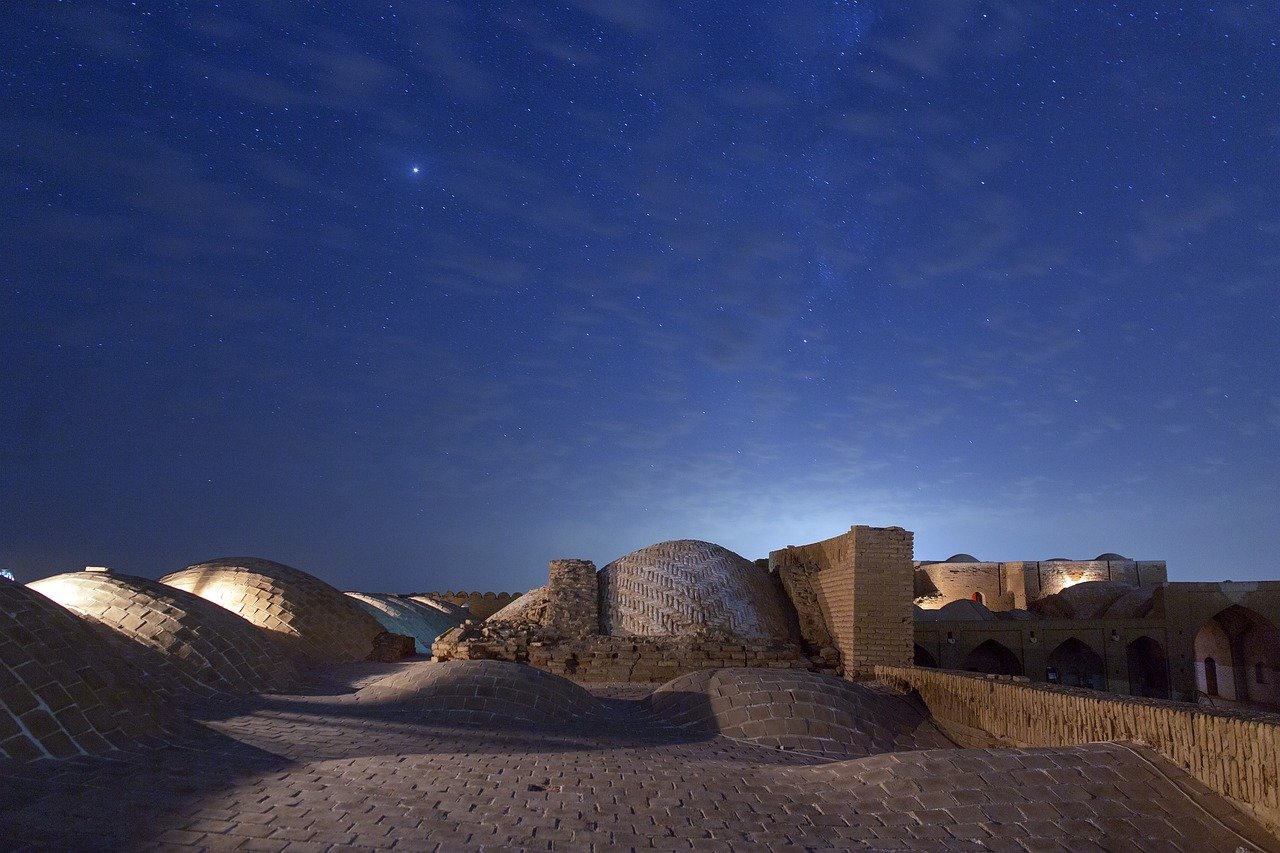
From ancient civilizations to the present day, the art of gardening has woven its roots deep into the tapestry of human history. In this exploration, we embark on a journey through time, tracing the evolution of soil cultivation, mulching, and composting techniques.
The earth beneath our feet holds the secrets of our past, reflecting the influence of historical events, religious beliefs, and political landscapes on the development of earth products, such as those from Flamig Farm, that shape modern gardening.
Unearthing Ancient Wisdom
The Fertile Crescent: Cradle of Civilization
In the cradle of civilization, the Fertile Crescent, early agricultural communities sowed the seeds of gardening. Mesopotamians, with their advanced irrigation systems, set the stage for systematic soil cultivation. The Tigris and Euphrates rivers not only nourished crops but also nurtured the concept of sustainable farming practices.
Mulching in the Nile Valley
Venture south along the Nile, and we encounter the ancient Egyptians, masters of both agriculture and mysticism. The use of mulch to retain moisture and suppress weeds became a hallmark of their innovative agricultural practices. Mulching, it seemed, was not just about nurturing crops but also fostering a harmonious relationship between humans and the earth.
Cultivating Soil in the Shadows of Antiquity
Greek Wisdom and Roman Engineering
As the sun set on antiquity, the Greeks and Romans took the gardening baton, refining cultivation methods and elevating soil enrichment to an art form. The concept of composting, though not as scientifically articulated as today, found its place in the gardens of the affluent. These civilizations recognized the value of replenishing the earth’s nutrients, a practice that continues to be a cornerstone of modern gardening.
Spiritual Soil and Earthly Beliefs
Medieval Gardens and Monastic Traditions
The medieval period ushered in a spiritual connection with the earth, reflected in the design and purpose of gardens. Monastic communities, in particular, cultivated not only the soil but also a deeper understanding of the symbiotic relationship between nature and mankind. Their gardens served as both places of reflection and sources of sustenance, emphasizing the spiritual significance of earth products.
Zen Gardens of Japan
In the Far East, the art of Zen gardening emerged as a spiritual practice. Japanese monks meticulously raked gravel to represent flowing water, demonstrating an intricate understanding of the earth’s elements. This meditative approach to gardening transcended mere cultivation, transforming it into a contemplative communion with nature.
Political Landscapes and Horticultural Diplomacy
The Renaissance and European Gardens
The Renaissance era witnessed a resurgence of interest in horticulture, driven by a thirst for knowledge and a reconnection with classical ideals. European gardens became expressions of wealth, power, and artistic prowess. The royal gardens of Versailles, for instance, showcased not only the opulence of the French monarchy but also horticultural techniques that would influence generations to come.
Victory Gardens and World Wars
Fast forward to the 20th century, where the world found itself entangled in global conflicts. Victory Gardens became a symbol of resilience and self-sufficiency during times of war. Citizens on the home front cultivated their earth products, contributing to both the war effort and the evolution of community gardening.
Modern Gardening: A Tapestry Woven with History
Sustainable Gardening in the 21st Century
In today’s world, with environmental consciousness at the forefront, gardening has evolved into a practice that goes beyond mere cultivation. Sustainable gardening emphasizes responsible soil management, water conservation, and the use of organic earth products. The lessons of history echo in the sustainable practices we adopt, a testament to the enduring impact of our ancestors.
READ ALSO: 10 Surprising Tech Facts that Shaped Religious History
Conclusion: Nurturing Tomorrow’s Roots
As we dig through the layers of history, it becomes evident that gardening is more than mere cultivation of plants; it is a dialogue between humanity and the earth. The practices and beliefs of our predecessors have shaped the gardens we tend today. From the Fertile Crescent to the victory gardens of the 20th century, each era has contributed to the rich tapestry of gardening practices we now inherit.
In nurturing our gardens, we not only cultivate the soil but also foster a connection with the roots of our past. The earth products we use today are the culmination of centuries of wisdom, innovation, and respect for the land. As stewards of the earth, we carry the responsibility to continue this legacy, ensuring that our gardens thrive and our connection with the past remains deeply rooted.

